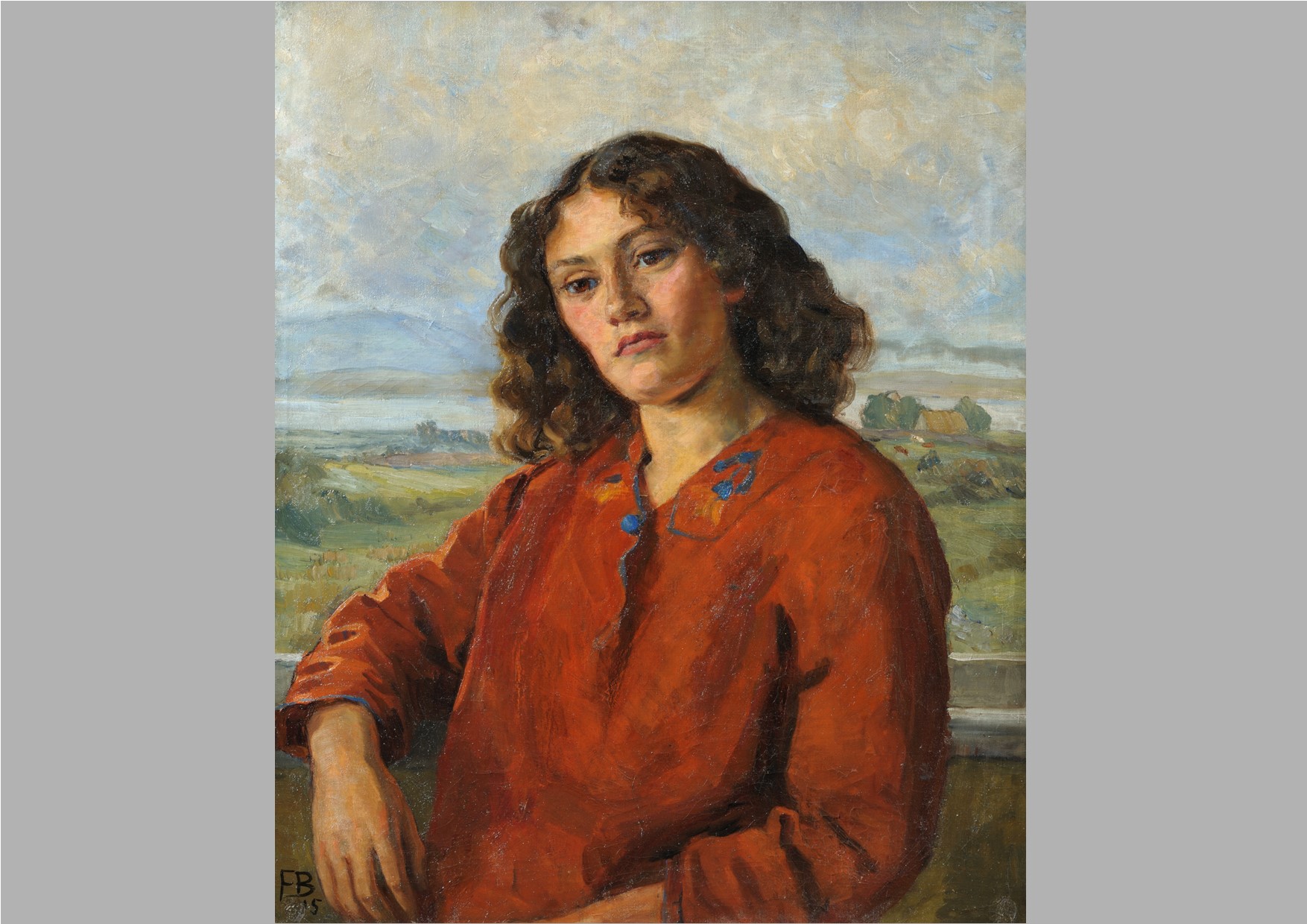
Lettice Ramsey (1898-1985) is known for her work as a portrait photographer. Ramsey came to Newnham in 1918, describing how “Everyone was dancing mad after the First World War. They thought here is peace, everything is going to be wonderful. My time at Newnham was spent dancing.” Ramsey went on to work for a time in London before returning to Cambridge. She met Frank Ramsey, a brilliant mathematician and philosopher. The couple had two daughters, Jane and Sarah, but sadly after only 5 years of marriage, Frank died suddenly in 1930.
In need of an income, Ramsey went on to study photography at the Regent Street Polytechnic in London, though she stayed for just one term. It was through the Polytechnic that she was introduced to Helen Muspratt, with whom she founded a studio, Ramsey & Muspratt, in Cambridge in 1932. Ramsey brought her Cambridge connections to Muspratt’s photographic expertise to create an informal style of portraiture popular with academic and artistic figures. They also opened a studio in Oxford in 1937. In 2012-2013 the National Portrait Gallery presented an exhibition of the work of Ramsey & Muspratt, which also explored Ramsey’s friendship with the Bloomsbury Group poet Julian Bell.
The portrait of Ramsey was painted in 1915 when she was around 17 years old. The artist was Ramsey’s mother, Frances Baker (1873-1914). Frances had studied in her youth at the Slade School of Art, taking a certificate in figure drawing. Frances married Cecil Cautley Baker, a surveyor, and soon after Lettice, and then a second daughter, were born. Cecil died suddenly in 1903 and Frances took up work as a photographer and continued painting. Her experiences were thus, sadly, not dissimilar to what had later led Ramsey to take up paid work as a portrait photographer.
Frances Baker’s portrait shows the teenage Ramsey with a relaxed pose and dress – or perhaps smock. The design of the dress is notable as Baker was interested in textiles; a few years later she would open a weaving workshop in Dublin that became well known as part of the craft revival of handwork. The landscape shown in the background is probably the Irish countryside where the family had been living.
The painting passed to Ramsey’s elder daughter Jane Burch, who came up to Newnham herself in 1948, and then worked for many years in the department of Biochemistry at the University of Leeds. Upon Burch’s death in 2010, the family gave the portrait to the College. The portrait thus reflects three generations: artist (mother), sitter (daughter) and donor (granddaughter).


